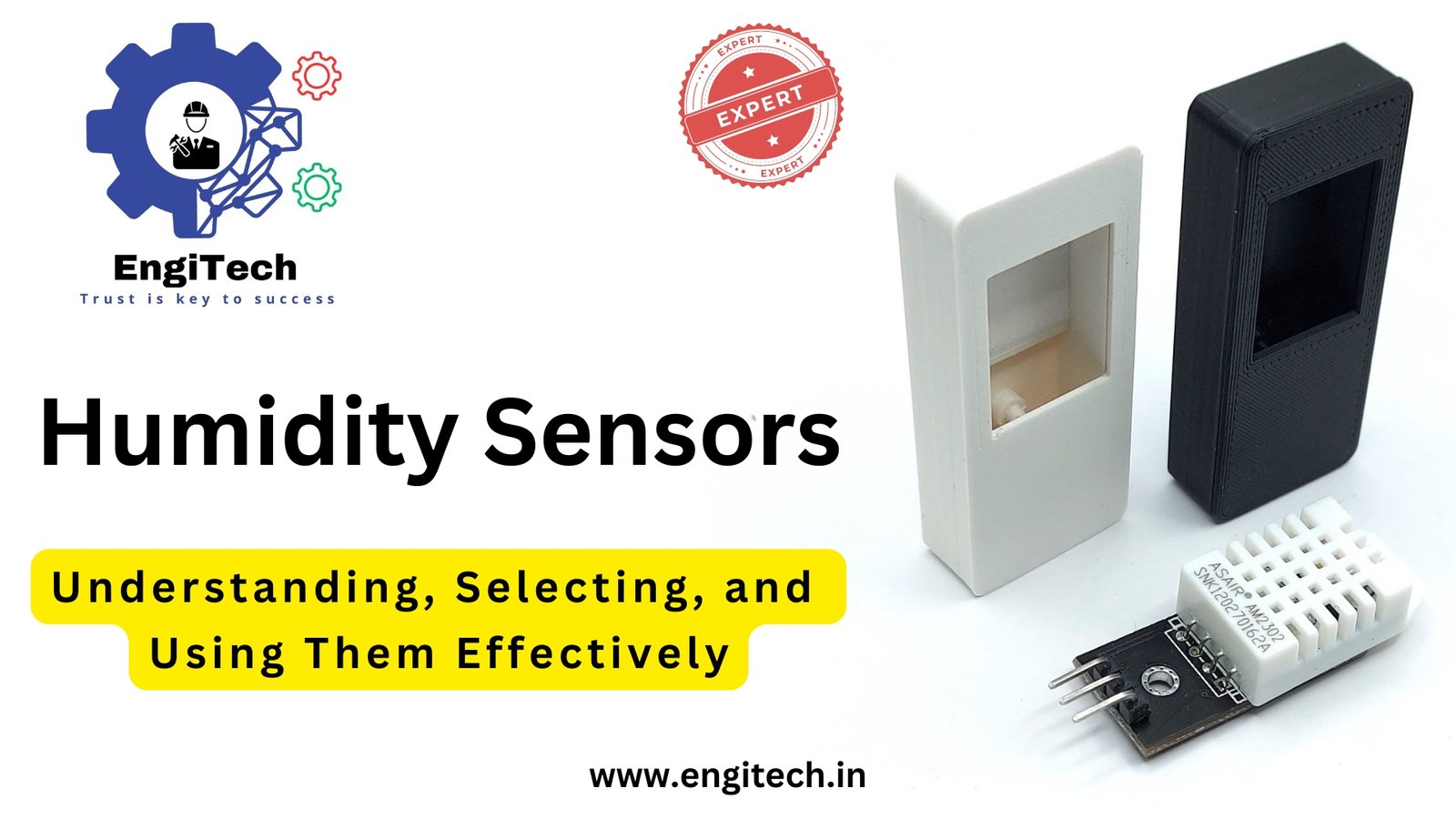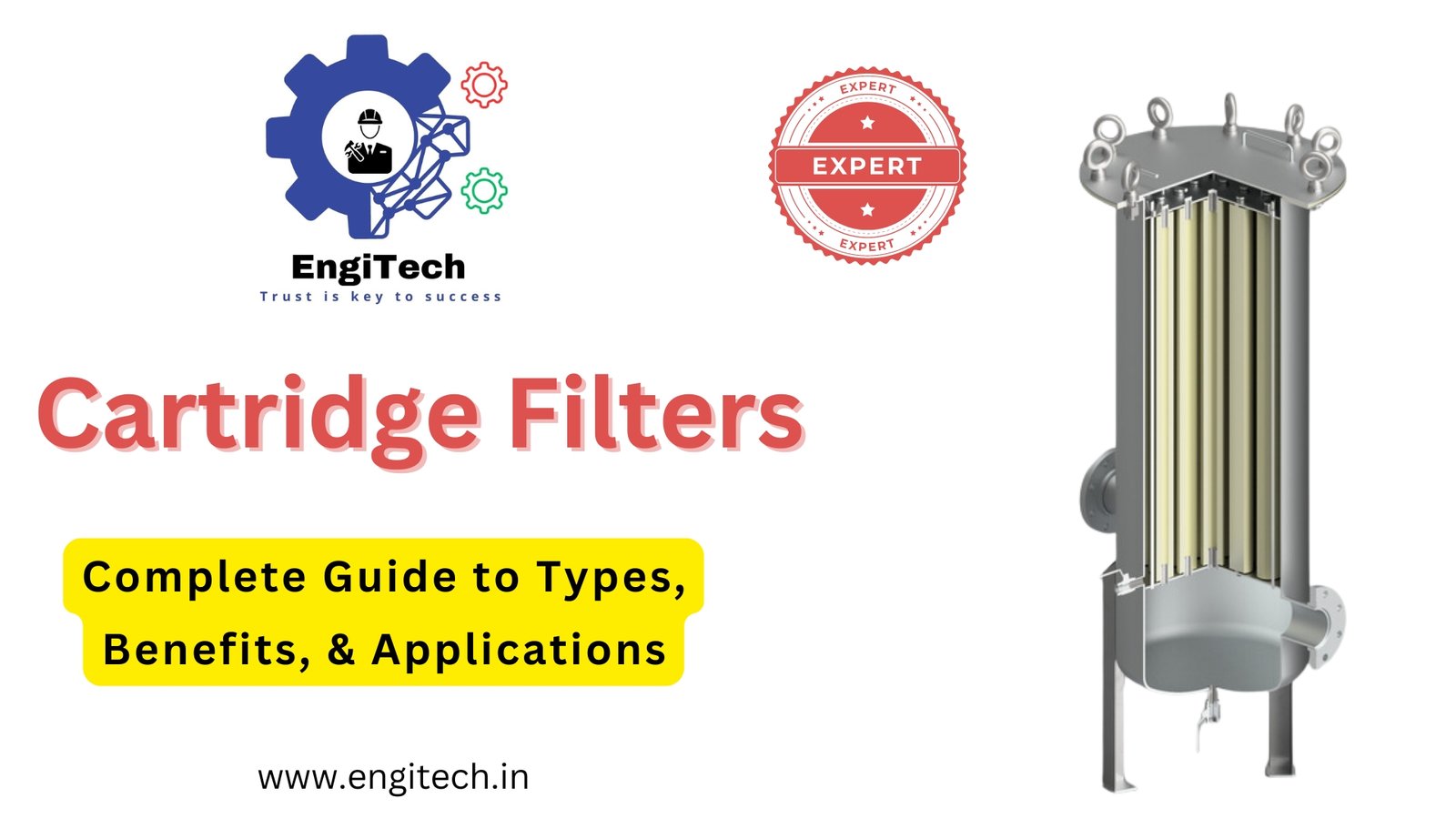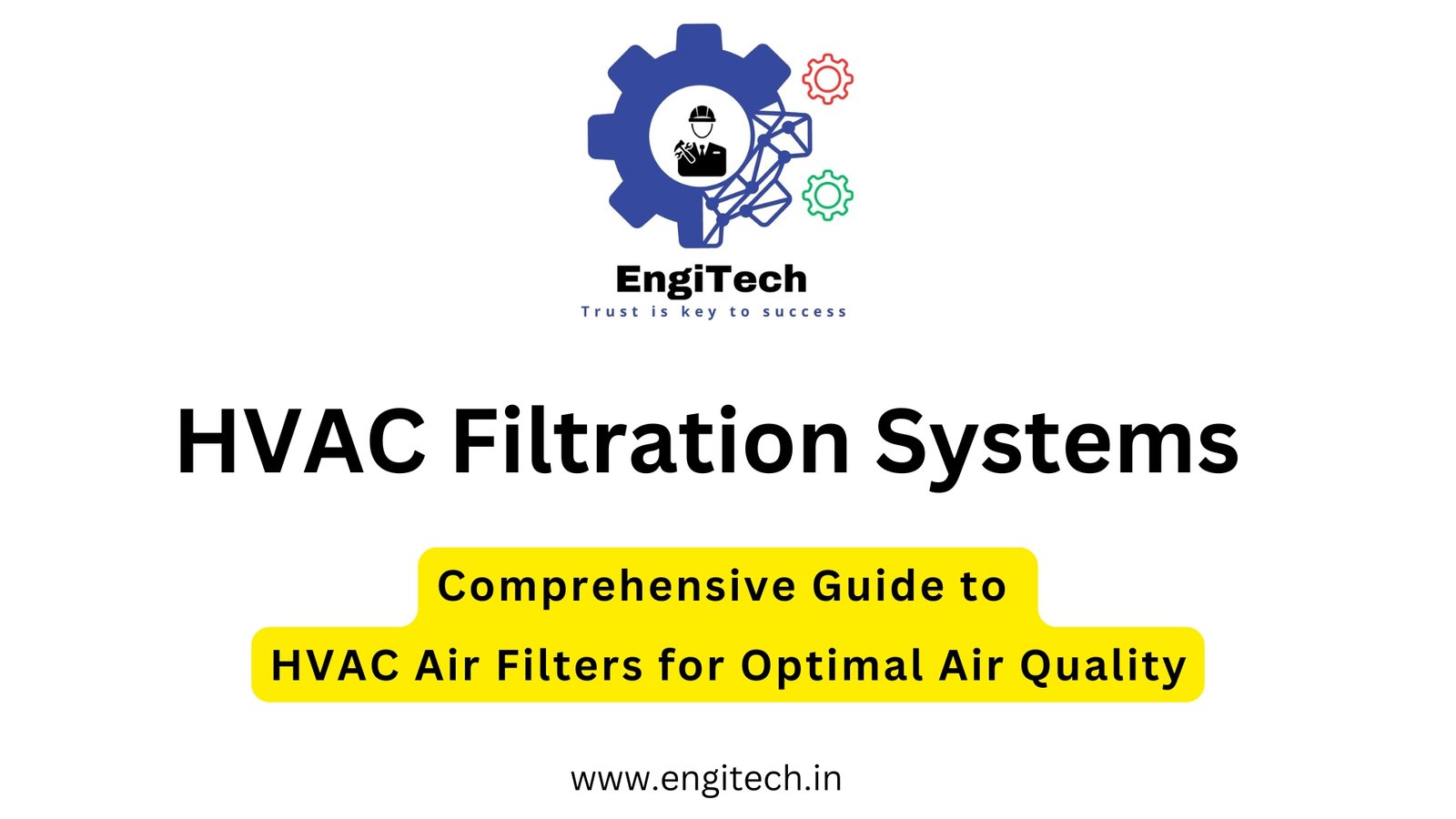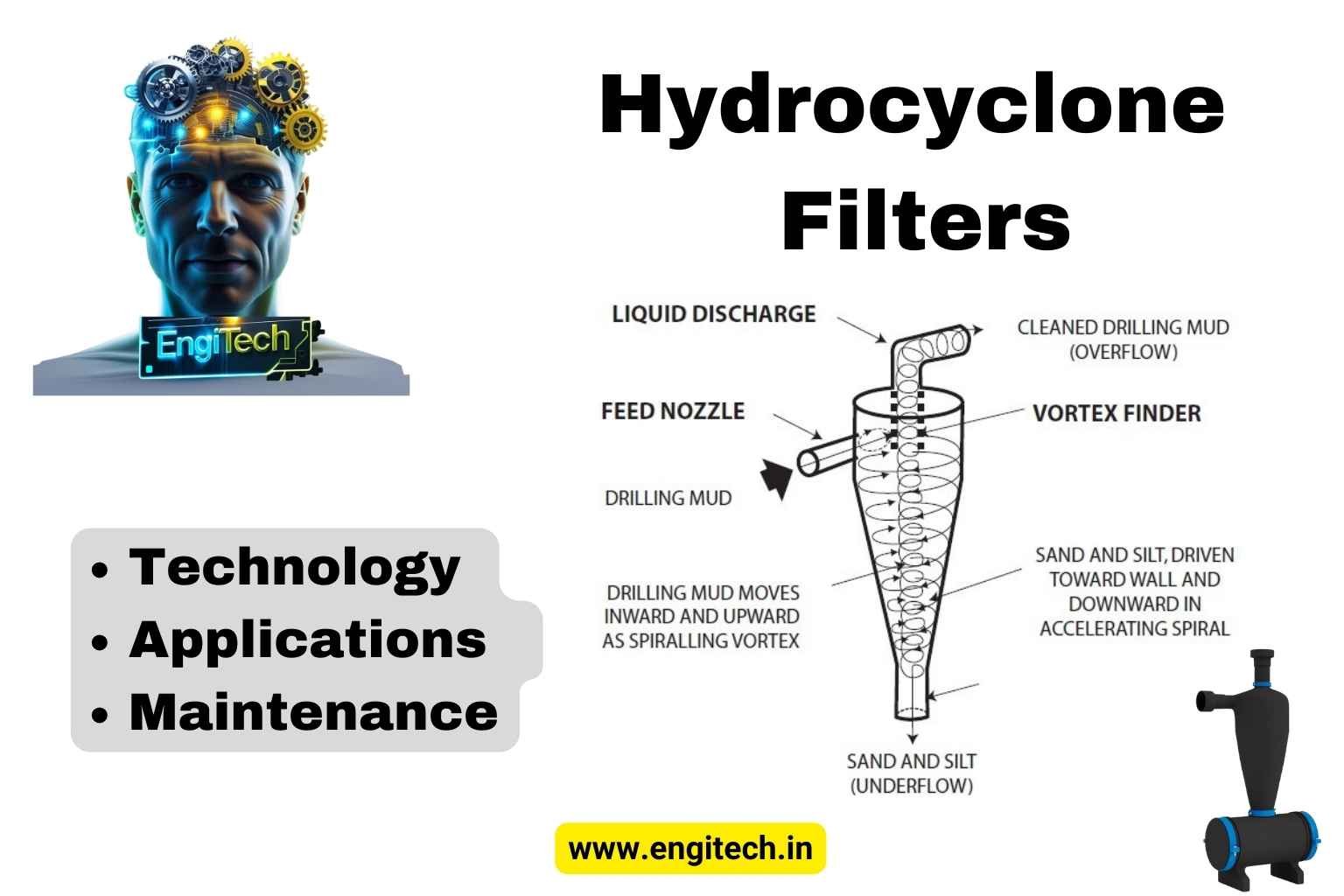Comprehensive Guide to Humidity Sensors: Understanding, Selecting, and Using Them Effectively

In the modern world, maintaining optimal humidity levels is crucial for various applications, from industrial processes to home comfort. Humidity sensors, monitors, and detectors are essential tools in achieving this balance.
In this comprehensive guide, we’ll explore everything you need to know about these devices, their types, applications, and how to select the right one for your needs. By the end of this blog post, you will have a clear understanding of how to effectively use these tools to ensure accurate humidity measurement and control.
Table of Contents
Introduction to Humidity Sensors
Humidity sensors, also known as hygrometers, are critical in monitoring and controlling the moisture levels in the air. They measure relative humidity (RH) and are used in various applications, from climate control in buildings to precision processes in industries. Accurate humidity measurement is essential for maintaining product quality, preventing mold growth, and ensuring comfort.
In this guide, we will dive deep into the different types of humidity sensors, their workings, and how to choose the right one for your needs. We’ll also explore the differences between humidity monitors and detectors, common issues, and future trends in humidity sensing technology.
Types of Humidity Sensors
Capacitive Humidity Sensors
Capacitive humidity sensors are widely used due to their high accuracy and stability. They operate based on the principle of changes in capacitance caused by variations in humidity levels. These sensors consist of two conductive plates separated by a dielectric material. As humidity levels change, the dielectric constant of the material changes, leading to variations in capacitance.
Pros:
- High accuracy and stability
- Wide range of humidity measurements
- Low power consumption
Cons:
- Sensitive to temperature changes
- Higher cost compared to some other types
Resistive Humidity Sensors
Resistive humidity sensors measure changes in resistance caused by variations in humidity. These sensors use a hygroscopic material whose resistance changes with humidity levels. The change in resistance is measured and converted into a humidity reading.
Pros:
- Simple and cost-effective
- Suitable for various applications
Cons:
- Lower accuracy compared to capacitive sensors
- Less stable over time
Optical Humidity Sensors
Optical humidity sensors use light absorption techniques to measure humidity. They are less common but offer advantages in specific applications where other types might not be suitable. These sensors measure the absorption or scattering of light by moisture in the air.
Pros:
- High sensitivity
- Suitable for specialized applications
Cons:
- More complex and expensive
- Less common compared to capacitive and resistive sensors
How Humidity Sensors Work
Humidity sensors work by detecting changes in the physical properties of a sensing element in response to moisture in the air. The sensor converts these changes into an electrical signal, which is then processed to provide a humidity reading. Here’s a step-by-step breakdown of how these sensors typically work:
- Sensing Element Interaction: The sensing element interacts with the air, absorbing or releasing moisture.
- Signal Generation: Changes in the sensing element’s properties (such as capacitance, resistance, or optical characteristics) generate an electrical signal.
- Signal Processing: The electrical signal is processed by the sensor’s electronics to determine the relative humidity.
- Output: The processed signal is displayed on the sensor’s output or transmitted to a monitoring system.
Choosing the Right Humidity Sensor
Selecting the right humidity sensor depends on various factors, including the application, accuracy requirements, and environmental conditions. Here are some key considerations:
Accuracy and Range
- Accuracy: Ensure the sensor provides the required accuracy for your application. Capacitive sensors generally offer higher accuracy compared to resistive sensors.
- Range: Check the humidity range the sensor can measure. Some applications might require sensors with a wide measurement range.
Environmental Conditions
- Temperature: Consider the temperature range the sensor can operate within. Some sensors are sensitive to temperature fluctuations.
- Exposure: Determine if the sensor will be exposed to harsh conditions, such as high humidity or corrosive environments.
Cost and Maintenance
- Cost: Evaluate the cost of the sensor in relation to its features and accuracy. Higher accuracy sensors might come with a higher price tag.
- Maintenance: Consider the maintenance requirements of the sensor. Some sensors require regular calibration or cleaning.
Applications of Humidity Sensors
Humidity sensors have a wide range of applications across various industries:
- Climate Control: Used in HVAC systems to maintain indoor air quality and comfort.
- Industrial Processes: Essential for processes requiring precise humidity control, such as pharmaceutical manufacturing and food processing.
- Building Automation: Helps in managing building systems and preventing issues related to humidity, such as mold growth.
- Agriculture: Monitors soil and air moisture levels to optimize irrigation and improve crop yields.
Humidity Monitors vs. Humidity Detectors
Humidity Monitors
Humidity monitors provide real-time data on humidity levels. They often come with display features and can be used to track and log humidity changes over time.
Features:
- Real-time monitoring
- Data logging capabilities
- Display of current humidity levels
Humidity Detectors
Humidity detectors are used to detect the presence or absence of humidity within a specific range. They are often used in applications where the exact humidity level is less critical than detecting whether it is within acceptable limits.
Features:
- Threshold-based detection
- Simple indicators (e.g., LED lights or alarms)
- Typically used for on/off applications
Tips for Accurate Humidity Measurement
To ensure accurate humidity measurements, follow these tips:
- Calibrate Regularly: Regular calibration ensures that the sensor maintains its accuracy over time.
- Avoid Direct Exposure: Protect the sensor from direct exposure to moisture, chemicals, or extreme temperatures.
- Use Proper Housing: Ensure the sensor is housed properly to prevent damage from environmental factors.
- Regular Maintenance: Follow the manufacturer’s maintenance guidelines to keep the sensor in optimal condition.
Common Issues and Troubleshooting
Common Issues
- Drift: Over time, sensors may drift from their original calibration, leading to inaccurate readings.
- Contamination: Dust, dirt, or chemicals can affect sensor performance.
- Temperature Effects: Some sensors are sensitive to temperature changes, which can impact their accuracy.
Troubleshooting
- Check Calibration: Recalibrate the sensor if readings appear inaccurate.
- Clean the Sensor: Regularly clean the sensor to remove any contaminants.
- Check Connections: Ensure that all electrical connections are secure and free from damage.
Future Trends in Humidity Sensing Technology
Humidity sensing technology is evolving with advancements in materials and sensor design. Future trends include:
- Miniaturization: Development of smaller, more compact sensors suitable for portable and wearable applications.
- Wireless Technology: Integration of wireless communication for remote monitoring and data collection.
- Smart Sensors: Enhanced sensors with built-in intelligence for predictive maintenance and advanced analytics.
Conclusion
Understanding and selecting the right humidity sensor is crucial for maintaining optimal conditions in various applications. Whether you need precise measurements for industrial processes or general monitoring for home comfort, there’s a humidity sensor suited to your needs. By following the guidelines and tips provided in this comprehensive guide, you can ensure accurate humidity measurement and effective control.
For more insights and resources on industrial technologies, including detailed guides and the latest innovations, visit EngiTech. Stay updated with our expert content to keep your knowledge and equipment at the forefront of industry standards.


